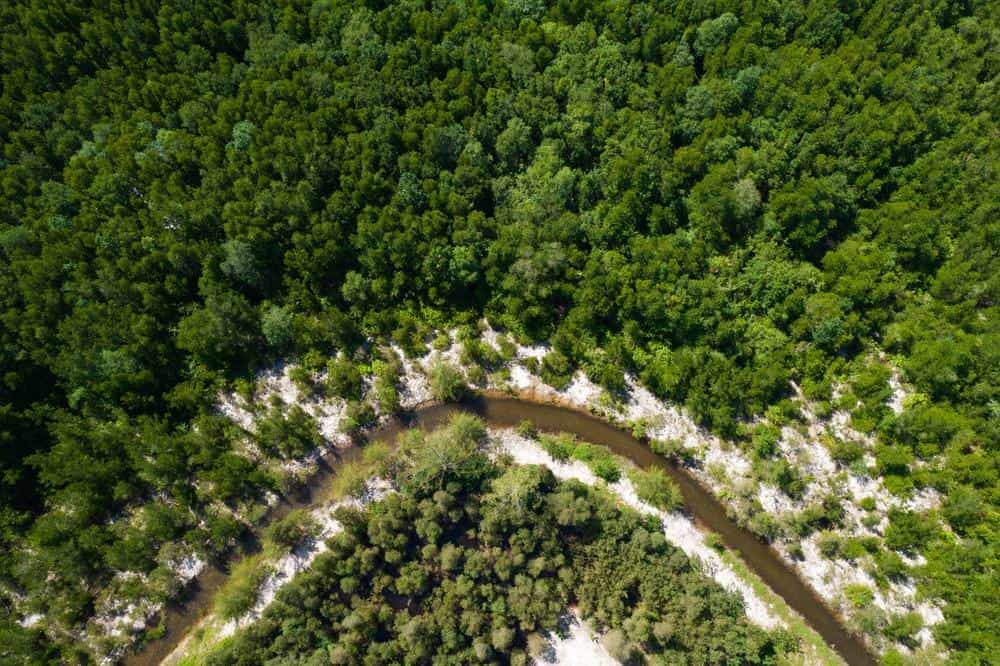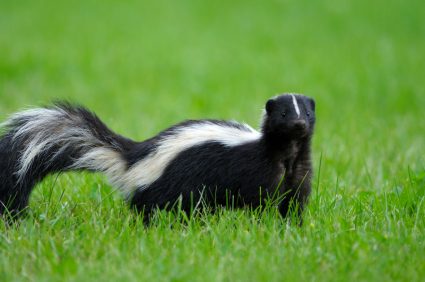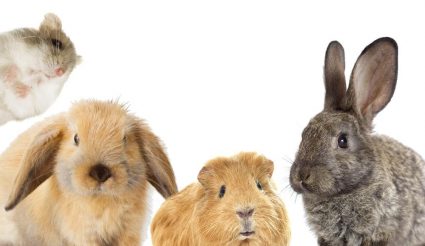
Skunks are fascinating creatures with unique burrowing habits. Their burrows serve as their homes, providing shelter, a place for breeding, and protection from predators. Yet, many are left wondering: where do skunks burrow?
Skunks burrow in a variety of habitats, including forest edges, woodlands, grasslands, and deserts. They often inhabit abandoned burrows of other animals or construct their own using their strong claws. In urban areas, skunks may burrow under porches, in sheds, or in dark enclosures around homes. They are also known to burrow in abandoned buildings, under stone walls, logs, or in natural cavities among rocks. Skunks alter their burrowing behavior according to the season, using dens for sleeping, breeding, and protection.
Primary Habitats
Skunks inhabit a variety of habitats, including forest edges, woodlands, grasslands, and deserts. They are versatile creatures and can adapt to both rural and urban settings. In rural areas, they often make their homes in abandoned burrows of other animals, such as ground squirrels and marmots. They may also inhabit hollow logs, woodpiles, or brush piles. In urban areas, skunks are known to reside under porches, in sheds, or in dark enclosures around homes. They have even been found in abandoned buildings, under stone walls, logs, or in natural cavities among rocks.
Burrow Construction
When it comes to constructing their burrows, skunks are quite resourceful. They often utilize pre-existing holes dug by other animals or dig their own using their strong claws. These burrows typically have entrance holes about 8 inches wide to allow the skunk to enter and exit. The burrows can be quite deep and the actual nest may not be visible from the entrance. Skunks are notorious diggers and will dig holes in the ground for both food and shelter. They often dig on grassy topsoil in search of grubs, worms, and other insects to eat, leaving holes about three to four inches deep.
Seasonal Use of Burrows
Skunks alter their burrowing behavior according to the season. During winter, they commonly take residence in abandoned burrows made by other animals, especially when caring for their offspring. They stuff the tunnels and nesting areas with dried leaves, providing insulation. During the summer, they live in hollowed-out logs, beneath barns and sheds, and in wood piles.
Breeding and Protection
Skunks utilize their burrows for various activities such as sleeping, breeding, and protection from predators. They are nocturnal creatures and spend their daytime sleeping in their dens. During the breeding season, females give birth in their dens after a gestation period of about two months. They will have a litter of four to seven kits, which are born blind, deaf, and vulnerable. The kits open their eyes after about three weeks and are weaned at about two months. They stay with their mother until they are ready to mate at about one year old.
Skunks and Solitude
Although skunks are generally solitary creatures, they may come together during colder weather to share burrows and keep warm. In some cases, female skunks will share communal dens. They prefer to use abandoned burrows of other animals instead of creating their own.
Differences Among Species
Different species of skunks have different burrowing habits. The spotted skunk is more likely to be seen in and around forests and woodlands and is not as tolerant of human activity as the striped skunk. The spotted skunk is adept at climbing trees and can tunnel up to a foot underground to make their dens, while striped skunks are more likely to use abandoned burrows dug by other animals or create dens in hollow logs, brush piles, and beneath buildings.
In conclusion, skunks are versatile and adaptable creatures when it comes to burrowing. Whether they’re digging their own burrows or taking over abandoned ones, they have a knack for finding a cozy, hidden spot to call home.
Frequently Asked Questions
What predators do skunks have to protect themselves from?
Skunks have several predators they need to protect against. These include coyotes, foxes, large owls, and domestic dogs. However, their unique defense mechanism – spraying a strong, foul-smelling liquid – often deters most predators.
What other animals’ burrows do skunks commonly inhabit?
Skunks often inhabit the abandoned burrows of ground squirrels, marmots, and other small mammals. They prefer these pre-existing burrows as they provide immediate shelter and require less energy to prepare.
How do skunks adapt to urban environments?
In urban environments, skunks can make their homes under porches, in sheds, or in dark enclosures around homes. They are also known to inhabit abandoned buildings, under stone walls, logs, or in natural cavities among rocks.
What is the typical size of a skunk litter?
A female skunk typically gives birth to a litter of four to seven kits.
Do skunks hibernate in the winter?
Skunks do not hibernate in the traditional sense, but they do become less active in the winter. They may sleep through the coldest periods of winter, often sharing burrows to keep warm.











